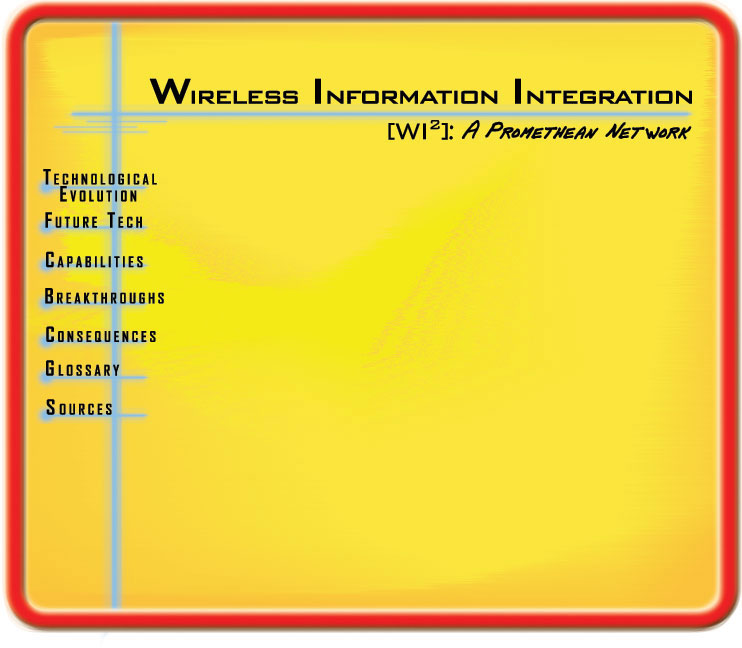Design Process:
Part I: Acceptable Specifications
Below are the
specifications we determined for the Wireless Information
Integration project and the FDIA, compared with current
technology.
|
Category |
2006 Technology |
WI2
Project (2026) |
|
CPU Speed |
2
GHz (tablet PCs) |
Several hundred GHz |
|
Memory |
64 MB (PDA) to 20 GB |
Over 8
TB (terabytes) |
|
Wireless Speed |
144 Kbps to 54 Mbps |
8 Gbps |
|
Signal Range |
150 feet (WiFi) |
500 km (any GAN
airship) |
|
Frequencies |
900 MHz to 2.4 GHz;
|
5 GHz |
|
Equivalent Device(s) |
Cell phone, GPS, PDA,
radio, tablet PC, etc. |
FDIA |
Part II: Discarding the Deficient Designs
The following are options we considered but rejected:
Direct Neural Interface:
Reading your Mind
Some
paralysis patients use cranial chips to communicate electronically,
but justifying this invasive technology would be difficult.
 Alternate Storage:
Scrapping Solid State Alternate Storage:
Scrapping Solid State
Hard drives break from mechanical wear;
solid-state storage looses reliability after a million read-write cycles; dynamic RAM
loses data during power loss.
Universal Antennae:
One Wavelength Fits All?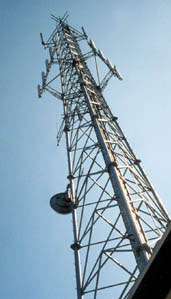
The broad
range of frequencies required to encompass all wireless signals rendered
universal high-gain antennas unrealistic.
Part III: Prototyping and Design
Here are also visual representations
and diagrams (prototypes) explaining
Wireless Information Integration
technology.
Global Area Network:
Click on the pictures for larger diagrams.
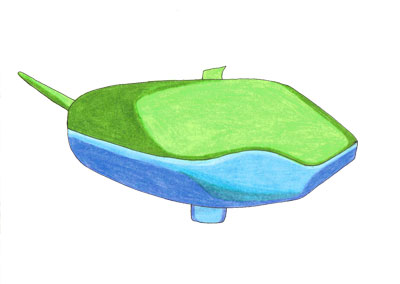 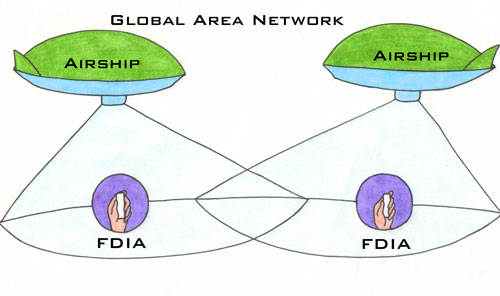
Flat Display
Information Assistant
Click on the Icons
below to see prototype animations.
|
 |
 |
 |
|
[Compact Module] |
[Screen Makeup] |
[Activating the
FDIA] |
|
Sketches of the FDIA Compact Module |
|
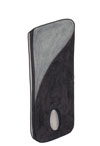 |
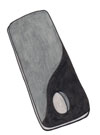 |
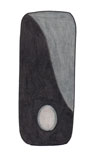 |
|











